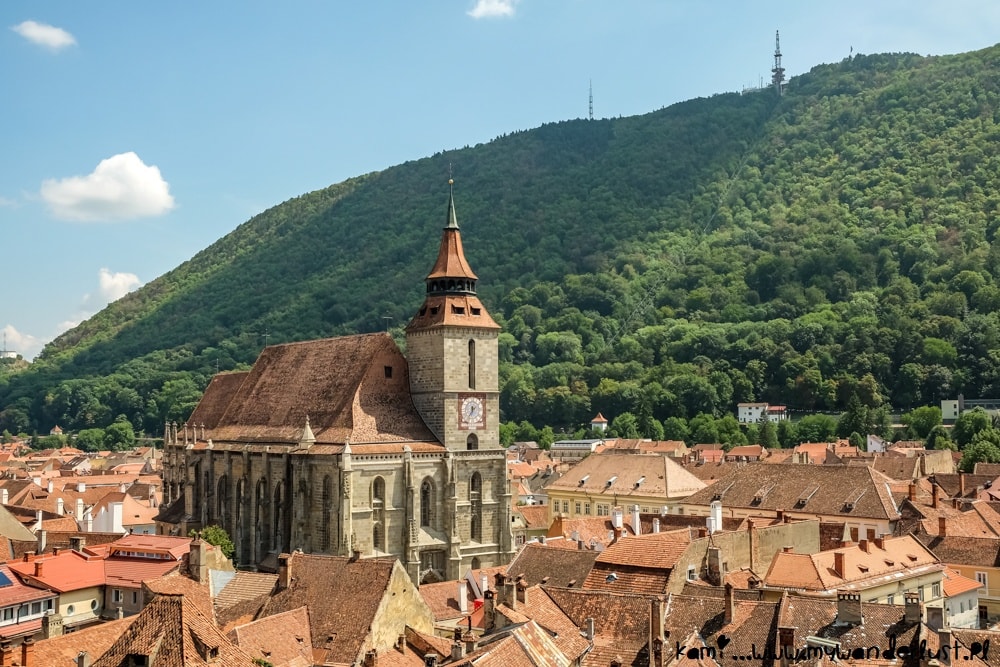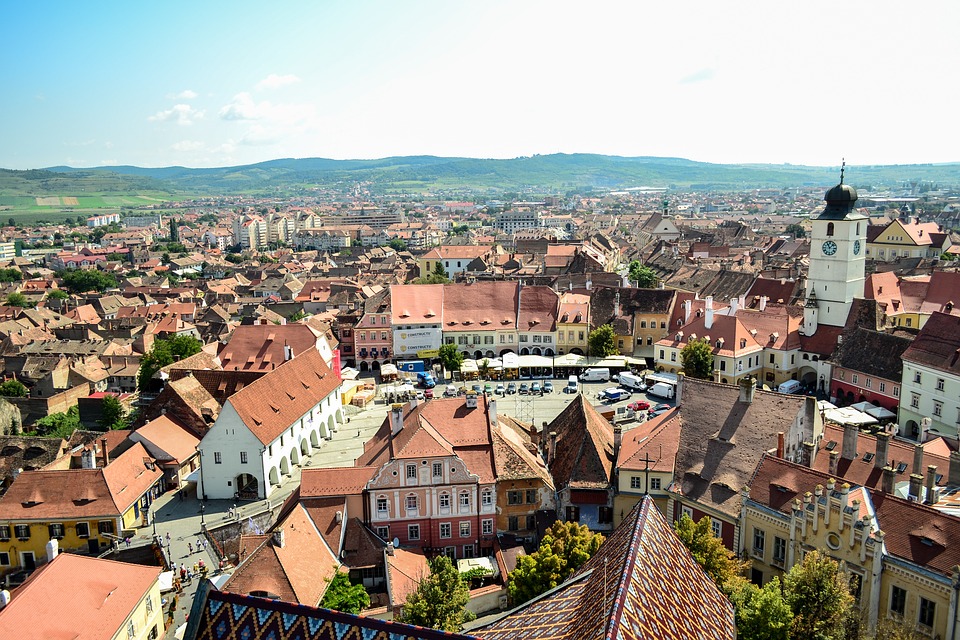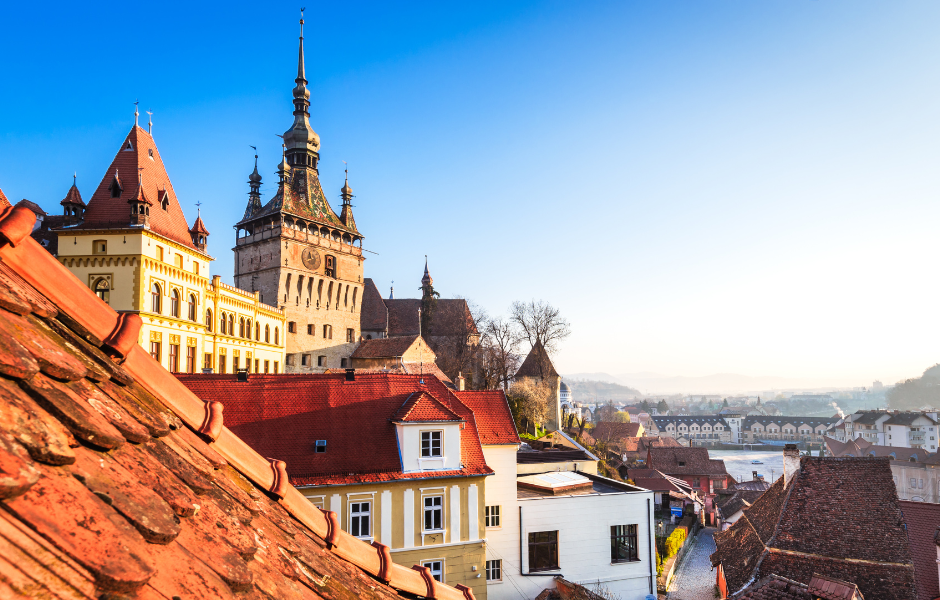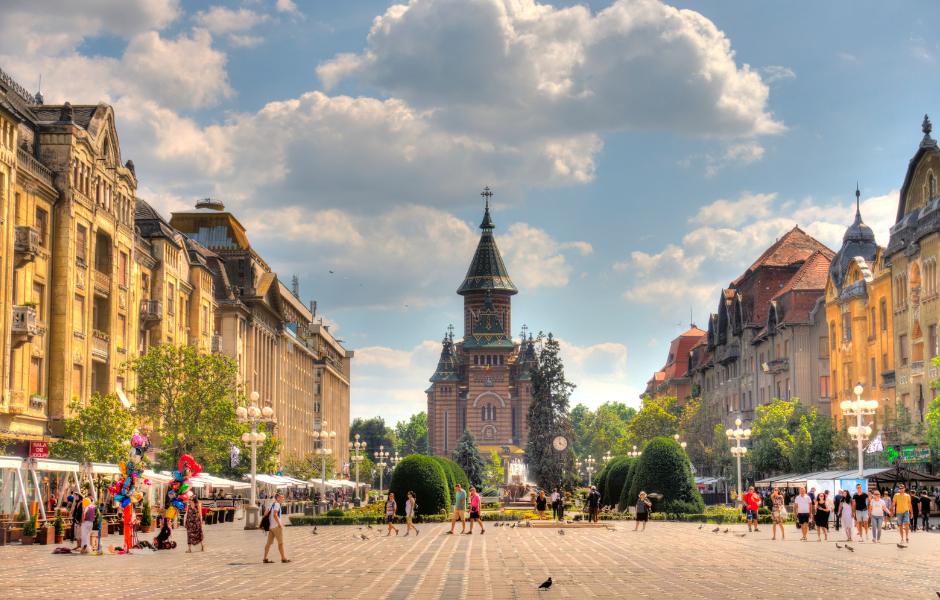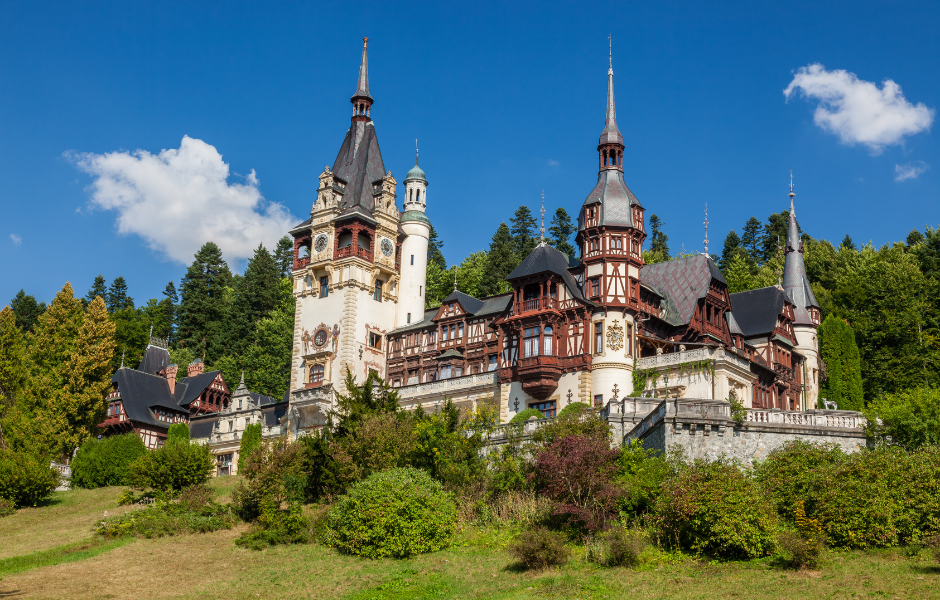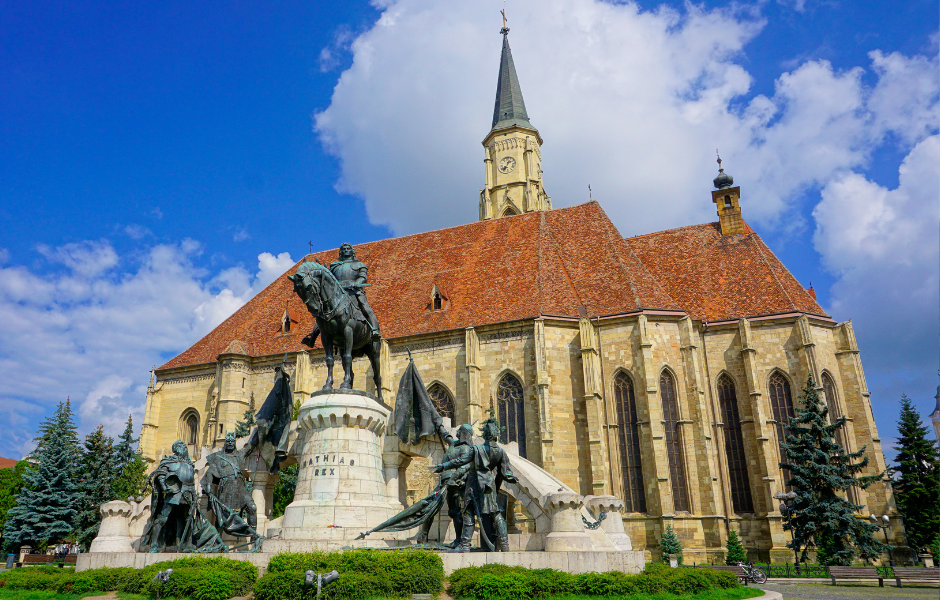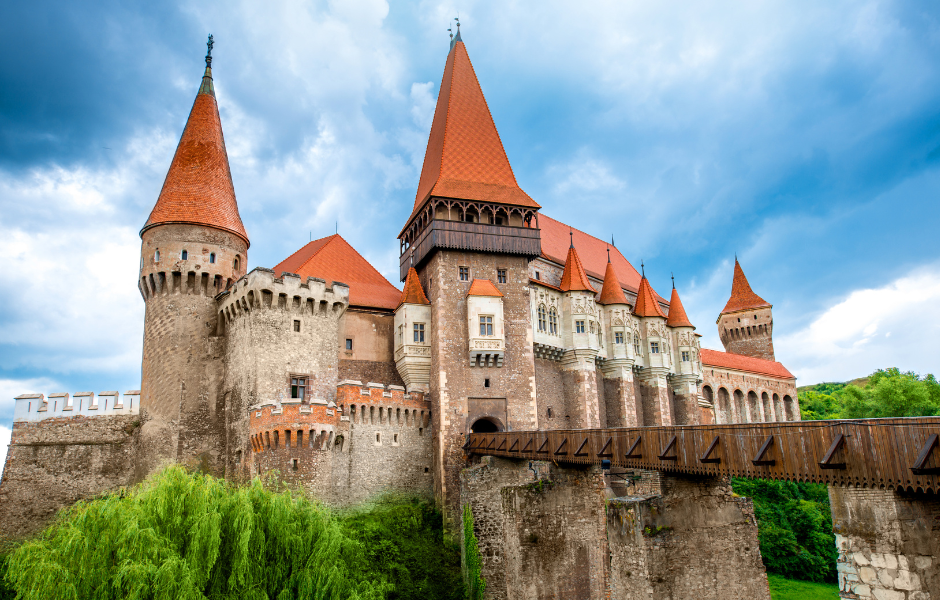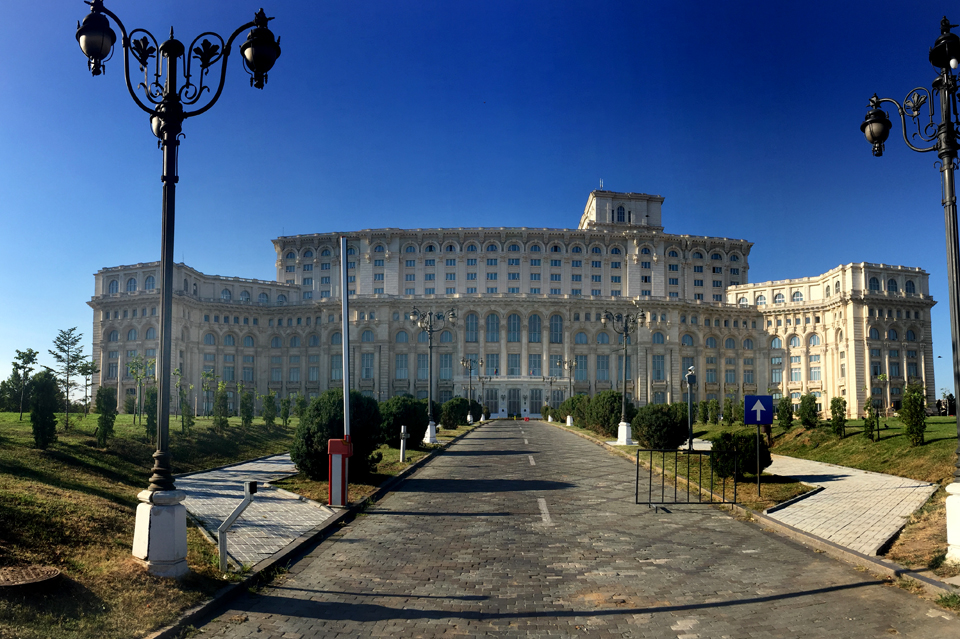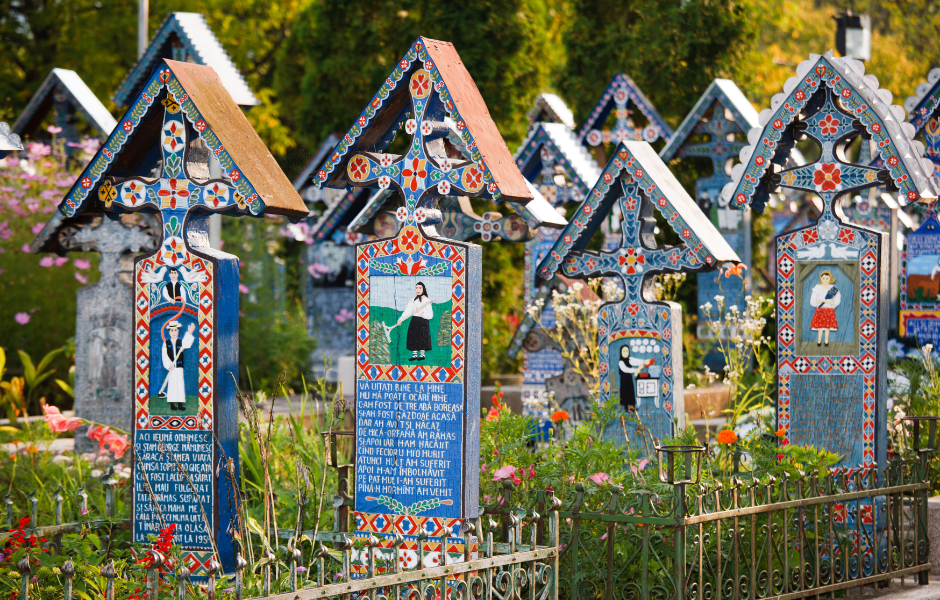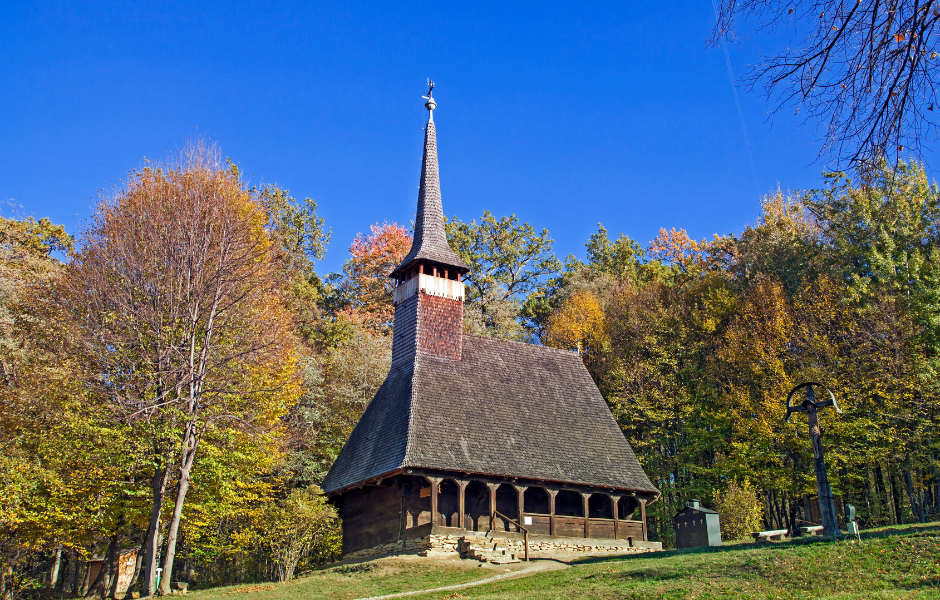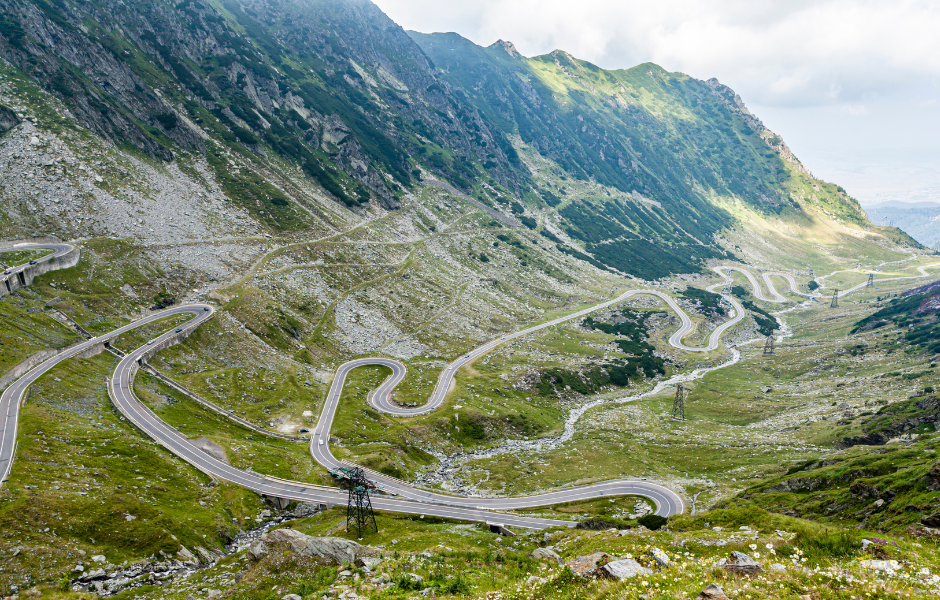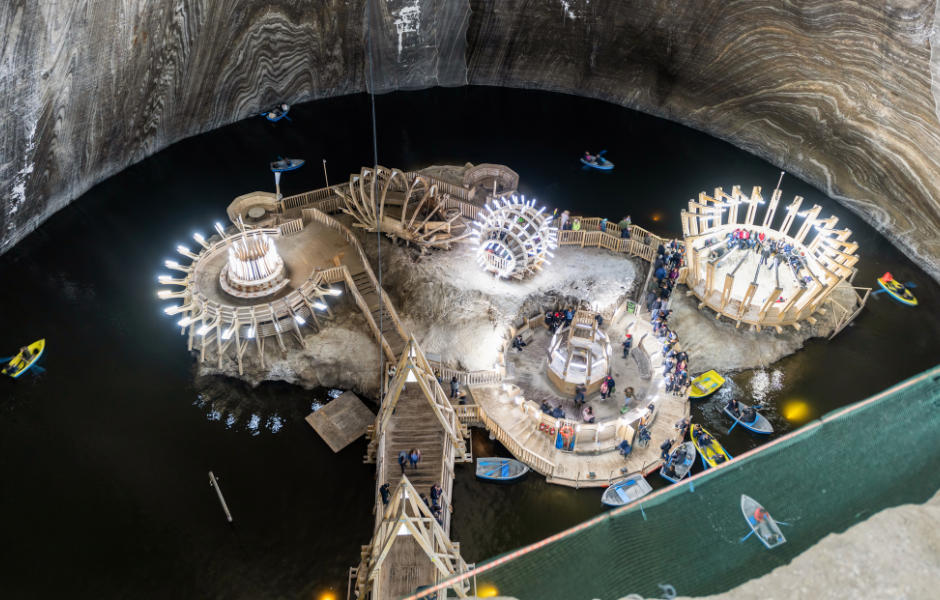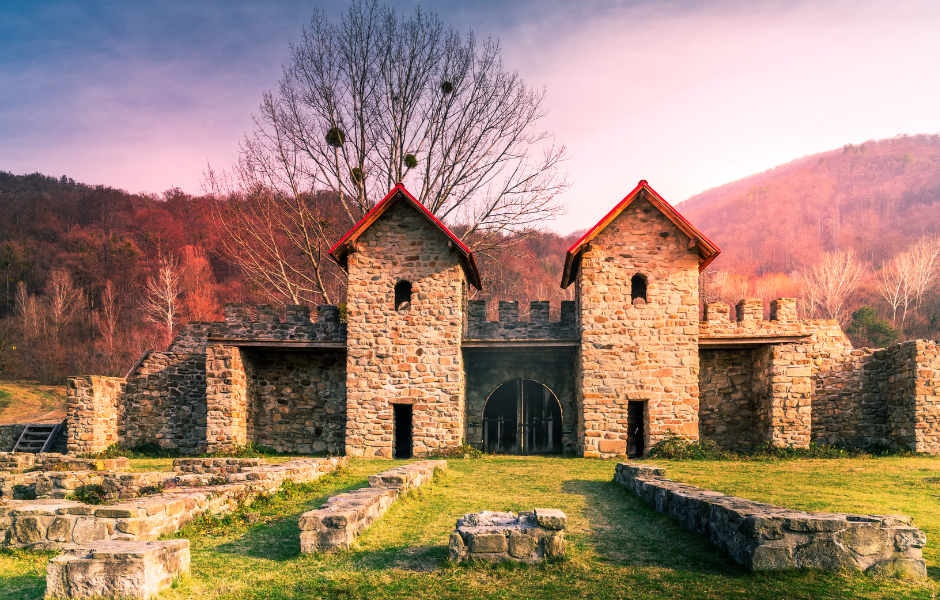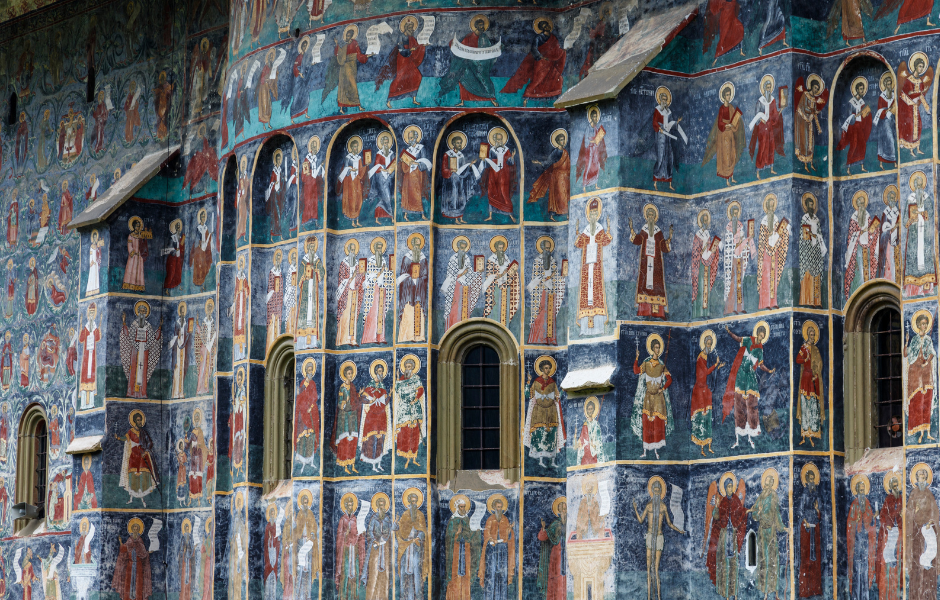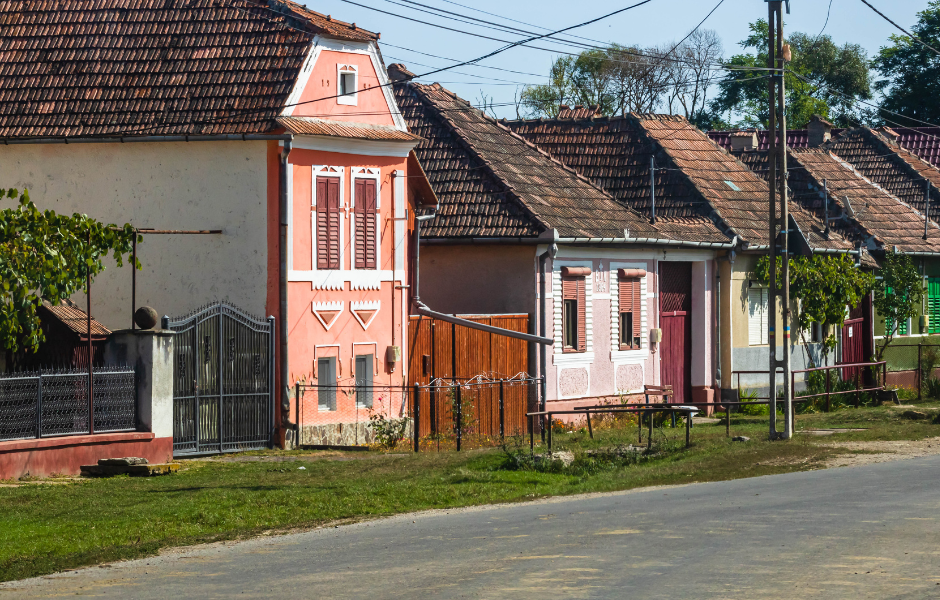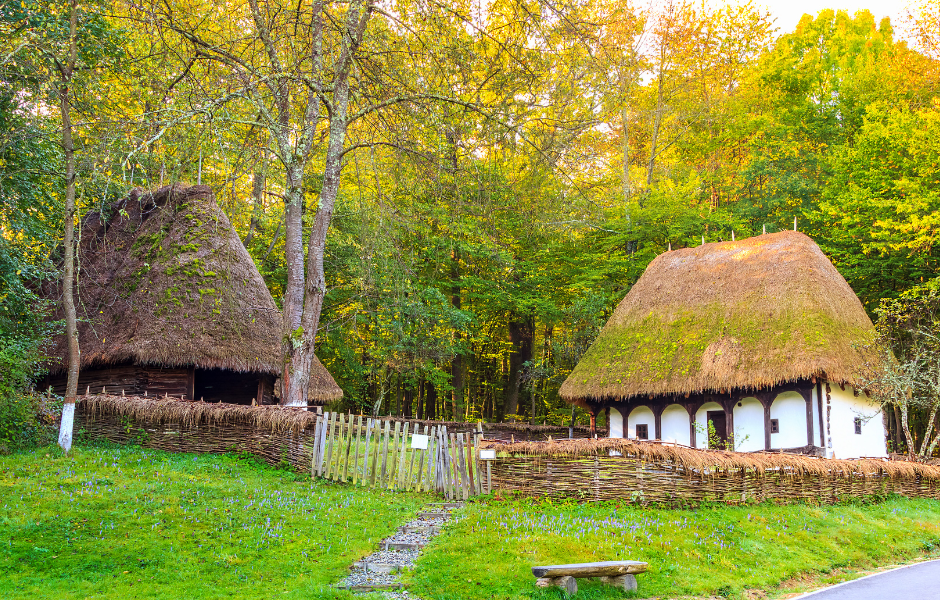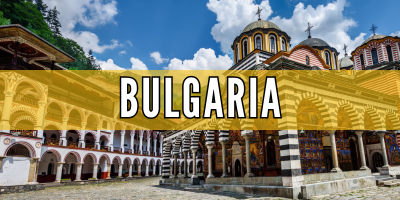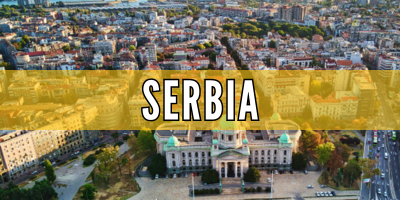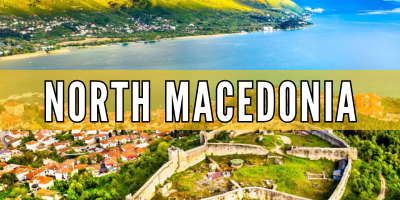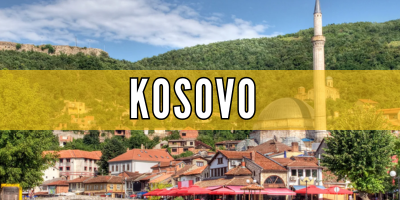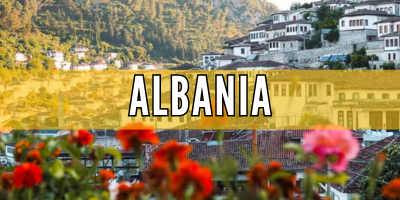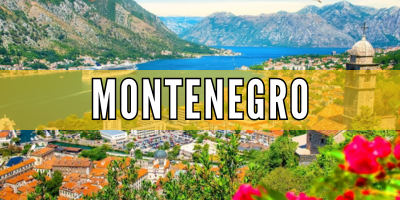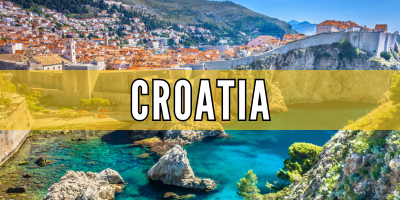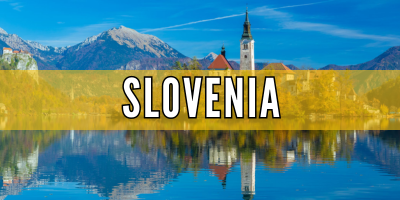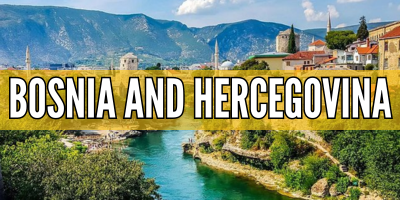Romania – Balkan Tours by Local Guides
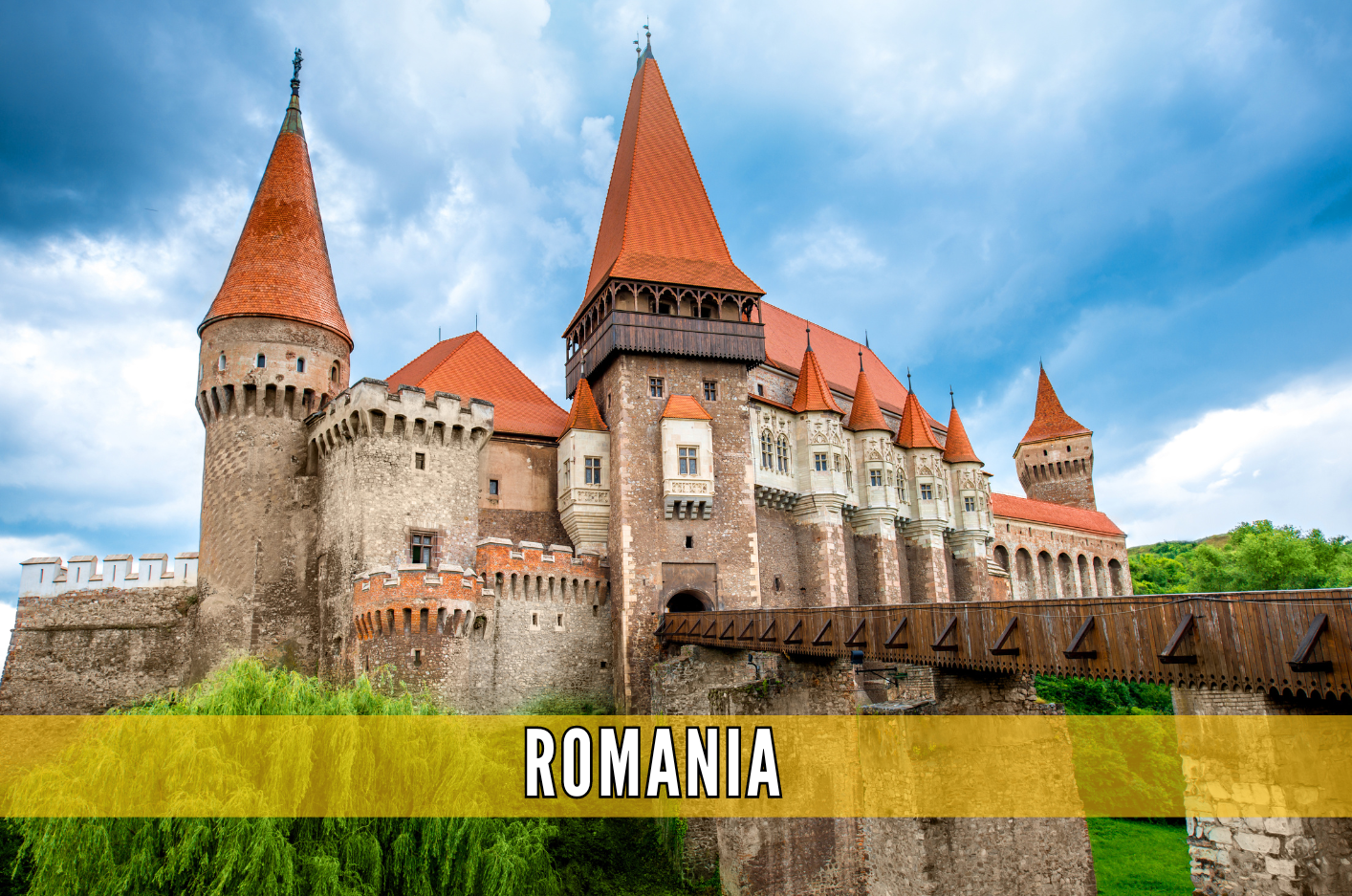
Romania is located in Southeastern Europe and has a rich cultural and historical background and traditions. Before planning your Romania trip itinerary, ensure you are familiar with the basic info about the country. To get a better idea of what you can expect from Romania, you should first do your basic research. To make it easier for our clients to get a quick glimpse into their future destination, we have prepared the basic Romania facts, and you are welcome to check them out below:
Population: 19,051,562
Capital: Bucharest
Local Currency: RON
Visa Requirements: No Visa Needed for EU citizens
Language: Romanian
Religion: 84.8% Christianity
Activities to do: Sightseeing, Swimming, Caste Exploration, Skiing, SPA, Hiking
When to visit: All year round, depending on the activities you wish to do
The geography of Romania is diverse, featuring the Carpathian Mountains, the Danube River, rolling hills, and much more. The influences that contributed most to the outlook of Romania were Dacian, Roman, Ottoman and Austro-Hungarian. Embark on a Romania tour to discover this country’s natural and historical treasures.
Of course, further research is needed to know better what you wish to experience in Romania and the types of activities you want to try out. Therefore, we have prepared a guide we believe any travel enthusiast would find helpful. In our dedicated guide, you can find the biggest and most significant cities, the top places to visit and the best activities you can try out on your Romania tour.
If you are curious to explore Romania but are unsure of how to plan your trip best, consider booking a tailored-made tour with Private Guide. The most extraordinary adventures are always the ones designed specifically for the preferences of the people involved. We always consider who our clients are and what they wish to get out of the trip in terms of memories and experiences. After that, we create the trip itinerary of our Balkan tours accordingly.
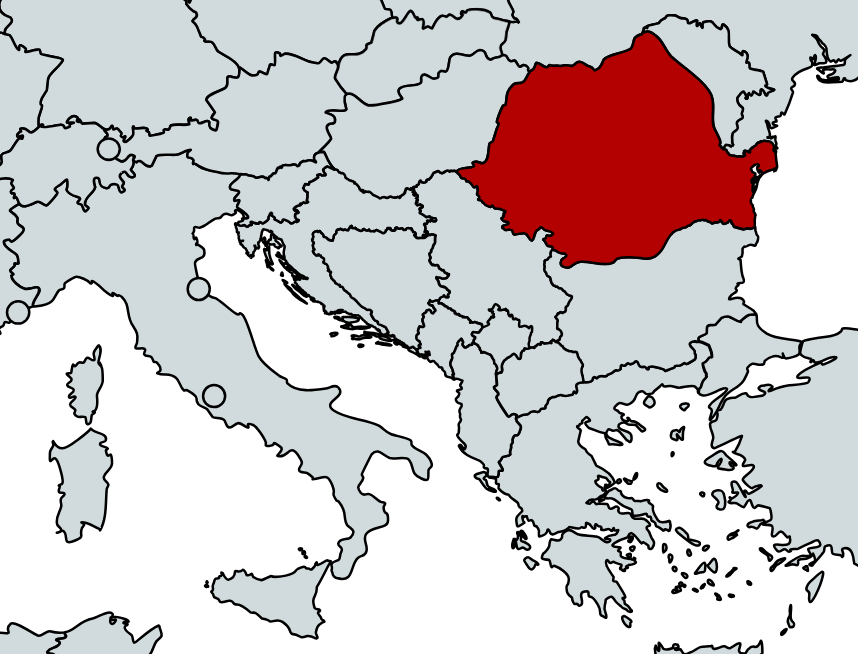
Example Tour Itineraries including Romania:
Romania – Bulgaria
Romania – Bulgaria – N. Macedonia – Kosovo
Bosnia – Serbia – Romania – Bulgaria – Macedonia
Serbia – Romania – Bulgaria – North Macedonia – Kosovo
Romania – Bulgaria – North Macedonia – Kosovо – Albania
Serbia – Romania – Bulgaria – Nоrth Macedonia – Kosovo – Albania
Serbia – Romania – Bulgaria – Nоrth Macedonia – Kosovo – Albania – Montenegro – Bosnia
Start Planning!
Share your travel ideas with us and we will put them together into an itinerary including all you need for your best Balkan adventure.
Bucharest
Bucharest is Romania's capital and the largest city in the country. The history of Bucharest dates back to the 15th century when it was founded by Vlad the Impaler, known as Dracula. The city’s architecture is a mix of Bell Époque and Art Nouveau, together with some communist landmarks left from the rule of Nicolae Ceaușescu. There are numerous parks you could take a walk in, such as Herăstrău Park and Carol Park, and multiple museums to visit, like the Romanian Athenaeum, the Romanian Athenaeum and the Village Museum. If you visit Bucharest in December, don’t forget to go to the beloved annual Christmas Market that takes place in the city center.
Brasov
Brasov is a fascinating town, situated in the Carpathian Mountains. It was founded by German settlers in the 13th century and is often referred to as the Crown City. The Medieval fortifications built to protect Brasov agaings intrusions are the Black Church Bastion and Catherine’s Gate. But by far the most popular tourist attraction in the area is the Bran Castle, which is associated with the Dracula legend. The Transylvanian Saxons built massive stone walls and seven bastions around the city, as well as numerous ornate churches.
Sibiu
Sibiu is a culturally significant Romanian town, with a history dating back to the 12th century. The historical centre of Sibiu is protected by UNESCO due to its well-preserved medieval buildings. One significant trademark of the city is that in 2007 it was granted the prize of European Capital of Culture. During the 18th and 19th centuries, the city became the second and later the first-most important centre of Transylvanian Romanian ethnics. Romanian, German, and Hungarian cultures have had their impact on the history and outlook of Sibius. It is a must-visit location in your Balkan tour.
Sighișoara
Sighișoara is a medieval town located in the county of Transylvania, best known for its historic buildings, cultural heritage and fascinating landmarks. The symbol of the city is the Clock Tower - a fascinating landmark which dates back to the 14th century. You can experience the vibe of the town most when you go to the Citadel Square and grab a bite to eat or simply drink in your surroundings. This city is associated with Dracula as, according to evidence, this was the birthplace of Vlad the Impaler.
Timișoara
Timișoara holds a special place in the history of Romania and is a popular tourist attraction. Often referred to as the City of Revolution, Timișoara played a critical part in the overthrow of the communist regime in 1989. The most prominent landmarks of the city are the Liberty Square, the Metropolitan Cathedral and the Central Park. Timișoara is one of the most important educational centres in Romania, with about 40,000 students enrolled in the city's six universities.
Sinaia
Sinaia is another town in the Carpathian Mountains of Romania known for its stunning natural scenery, historic architecture and cultural attractions. Popular as the Pearl of the Carpathian, this town has numerous sites worth visiting, such as the Peles Castle - a fairytale-like royal residence from the 10th century and the Pelișor Castle, built for Queen Marie of Romania. The Sinaia Monastery and the George Enescu Memorial House are two other landmarks worth checking out when embarking on your Romania tour. Last but not least, if you are a fan of winter sports, be sure to visit the Cota 1400 ski resort situated nearby.
Cluj Napoca
Cluj Napoca is one of Romania’s most vibrant, lively and exciting cities to visit. The Avram Iancu Square is located at the heart of the city and is surrounded by baroque buildings, outdoor cafes and multiple restaurants offering unique national cuisine. The Banffy Palace is a great stop for art enthusiasts. It is home to the National Art Museum which has an impressive collections of Romanian and European art. You can also take a walk in the Botanical Garden, which offers rich collections of plant species.
Romanian Castles
Romania is famous for its castles, and the majority of tourists wish to visit at least a couple when on their tour of Romania. Among the most famous castles to see are the Peles castle, located in the mountains, the Bran Castle - known for the legend of Dracula and the Corvin Castle - with its impressive Gothic architecture. Be sure to pinpoint the castles that you wish to explore before you begin your journey through Romania. Castles are a must-see attraction on your Romania tour.
Bucharest Parliament
The Bucharest Parliament is a fascinating landmark which is known as one of the most iconic administrative buildings in the world. Its size is colossal, its design is opulent, and its history is rather complex. Some of the materials used to construct the building were marble, wood and crystals sourced from Romania. For Romanians, this is more than just a building but a symbol of change and the transfer between communism and democracy. Even though it is a functioning building, public tours are held for tourists on selected parts of the immense building.
Merry Cemetery
The Merry Cemetery is a colourful burial ground located in the village of Săpânța, celebrated for its unique approach to commemorating the deceased. The cemetery was created by a local artist and woodcarver. Each cross features a carved epitaph written in a humorous style and features insights into the life and personality of the deceased. Alongside the written epitaphs, playful illustrations depict scenes from the individual’s life. This site is protected by UNESCO and has become a significant cultural and artistic landmark in Romania.
"Dimitrie Gusti" National Village Museum
The "Dimitrie Gusti" National Village Museum is a cultural institution located in Bucharest. It was established in 1936 by the sociologist Dimitrie Gusti. The idea behind this museum is to preserve the country’s rural heritage and authentic village life. The museum is open-air and features over 200 buildings, such as houses, barns, churches and other structures. The Village Museum has distinct regional exhibits, each representing a specific ethnographic region, displaying the architecture and lifestyle of its respective community. In 1996, it was granted the European Museum of the Year prize.
Transfăgărășan Road
Transfăgărășan Road is a mountain highway located in the Carpathian Mountains, renowned for its spectacular highway and breathtaking scenery. It is considered one of the most scenic drives in the world. The road passes deep valleys, lush forests and glacial lakes. One of the most iconic lakes is Balea Lake, situated at 2,034 meters. It is a picturesque natural landmark which turns into a frozen wonderland during winter. Your Romania road trip must include this attraction by all means.
Salina Turda
Salina Turda is an underground salt mine and museum located in the town of Turda. It is a popular tourist destination, offering a fantastic world of salt chambers and recreational facilities. The mine has a long history dating back to the 17th century when salt extraction began in the area. The Terezia Mina is the largest chamber of Salina Turda, which features an underground lake with boats. Tourists can experience rowing on a subterranean salt lake together with other activities, such as mini-golf, bowling and billiards.
Fortified Churches
The fortified churches in Romania form a remarkable collection of historically significant treasures. They are part of Romania's cultural heritage and are protected by UNESCO. The south-eastern Transylvania region in Romania currently has one of the highest numbers of existing fortified churches from the 13th to 16th centuries. The churches were built by German-speaking Transylvanian Saxons during medieval times with the purpose of serving as both a defence against invasions and a worship centre for the people. If you are interested in history and cultural heritage, including these churches in your tour of Romania is a must.
Arutela Roman Empire Ruins
The Roman castra Arutela is a historical landmark located near the town of Călimănești. It was constructed around 137-138 A.D. during the rule of the military governor of Dacia Inferior - Titus Flavius Constans. This tourist attraction is great for all who are interested in ancient history treasures and remains. Between 1890 and 1892, Roman baths and partial ruins were discovered in the area. These discoveries remain the only epigraphic materials found on the site.
Painted Monasteries
The painted monasteries in Romania are a group of 8 Romanian orthodox monasteries located in the northeastern part of the country. They are UNESCO-protected sites due to their cultural and historical significance. Built between the 15th and 16th centuries, the monasteries feature a mix of Moldovian and Byzantine architectural styles. The most distinctive feature of the monasteries is the exterior frescos, which cover the walls of the churches. The monasteries are a masterpiece of religious art, making them a hot tourist destination, which contributes significantly to the local economy.
Viscri Traditional Village
Viscri is a traditional village located in Transylvania, which is renowned for its historical significance and picturesque landscapes. It serves as a prime example of a Saxon-fortified village built in the 12th century with the aim of protecting the local population from invasions. It is considered a cultural heritage for Romania and is therefore protected by UNESCO. The locals of the village are known for their hospitality, which contributes to the tranquil vibe of the place.
Astra Museum of the Folk Civilization
The Astra Museum of the Folk Civilizations, established in 1963, is one of the most extensive open-air museums in Europe. Visitors to the museum can explore a diverse range of exhibits, including traditional houses, barns, watermills, windmills, and more. You can also find skilled craftsmen practising age-old techniques and creating handmade products, such as pottery and blacksmithing. It is an excellent destination for those eager to learn and experience more of Romania’s cultural heritage and traditions.
When you embark on your Romania tour, there are certain activities worth trying. Of course, the type of activities you wish to include in your trip depends entirely on your preferences. We always advise our clients to think about what they wish to try out on their tour and let us know so we can plan the trip itinerary accordingly. If you have no idea what is available to you in Romania, take a look at the suggestions we offer here:
-
- Relax in Therme Bucharest
- Hiking in the Carpathians Mountains
- Do inside the Bucharest Parliament Building
- Drive via Transfagarasan road
- Try wine tasting
- Explore some of the many castles
- Take a boat tour across the Danube Delta
- Experience Bucharest nightlife
- Roam around the Sighisoara old town
- Find Sibiu’s house with eyes
- Learn more about the history of Dracula
- Take a scenic drive on the Olt River Valley
- Visit the Black Sea Coast
- Take a skiing trip to Poiana Braşov
- Go bear-watching
- Visit the Merry Cemetery
- Visit the wooden churches of Maramureş
- Taste sheep’s cheese
- Listen to folk music
- Go hiking in the Făgăraş mountain
1. Is Romania worth visiting?
Absolutely! Romania is a great tourist destination not only because of its breathtaking natural wonders and other historical landmarks but also as a SPA destination. Of course, the famous tale of Dracula comes from this country, and most visitors are quite intrigued to learn more about the legend and visit the castles.
2. Is it expensive to travel to Romania?
No! Romania is a cheap destination, not only compared to Western tourist countries but also to the rest of the Balkan countries. The correlation between the budget you need for a Romanian trip and the memories and experiences you will be left with is a decent one.
3. Is Romania friendly to tourists?
Yes! Romanian people are incredibly hospitable and friendly to tourists. Furthermore, many locals speak English, so it is convenient for a tourist to find his way in Romania.
4. What is the best time to travel to Romania?
It depends on the type of activities you wish to explore on your Romania tour. Generally, the autumn/spring season is best for sightseeing. However, if you wish to sunbathe on beaches of the Black Sea coast, summer would be the most appropriate time to visit. Since Bucharest hosts a famous Christmas Market in December, winter is also quite a busy tourist season for Romania.
Why you should choose Private Guide for your Romanian adventure
Take a look at some of the advantages of booking your Romania tour with us:
- A 100% unique experience designed for your needs and wishes.
- Insights from friendly locals.
- Seamless organization of your itinerary.
- Carefully selected accommodations and dining places.
- Licensed expertise in the entire Balkan region, including history, cuisine, traditions and many more.
- Hassle-free transportation by car.
Let's Start Planning Your Balkan Adventure
All our tours are private and customized around your needs and preferences



